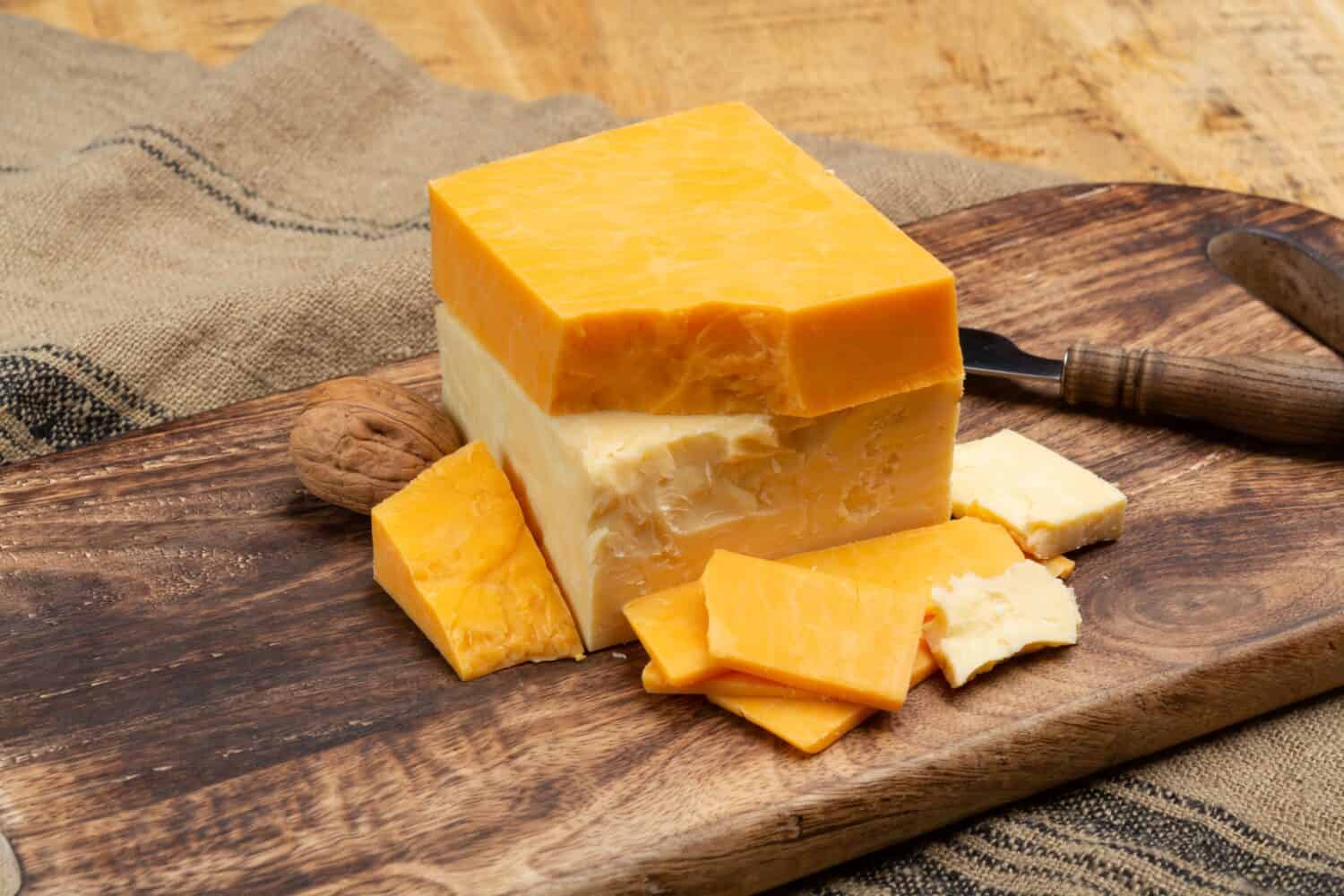Cheese is a popular and tasty food that is in many dishes. Whether you enjoy a hot, fresh pizza, a garden salad, or tacos, cheese typically joins the party. There are many varieties of cheese, each with its own set of health benefits. With its ever-presence, you may be wondering, is cheese healthy? It is an excellent source of calcium and protein and is low-carb. For this reason, cheese is a great food to eat in your daily diet, and is one reason many people choose to eat it on specific diets, such as Keto. This article will get straight to the facts and explore what makes cheese healthy, the downsides to eating cheese, and the healthiest cheeses to choose from.
Is Cheese Healthy?
Cheese can be a healthy food group to add to your daily diet. This is because cheese is a whole food and remains relatively unchanged. Whole cheeses, like cheddar and Swiss, offer many health benefits, such as calcium and protein. They are also lower in calories and carbs. If you do not eat too much of it, cheese can be an excellent food to add to any dish, and it comes with many health benefits.
Different Types of Cheese
There are several different types of cheese to choose from. Beyond the varieties of cheese like gouda or blue cheese, you can choose from the following:
- Aged cheese: is cured for over six months. Aged cheese also has a firm texture and sharp flavor.
- Low-fat cheese: has a lower amount of saturated fat; these include cheeses like cottage and mozzarella.
- Reduced-fat cheese: this type is typically milder in flavor and is made by removing the fat from the milk before making the cheese.
- Whole-milk cheese: made with whole milk, these cheeses are high in fat and protein. Typical whole milk cheeses include cream cheese and ricotta cheese.
- Fresh cheese: this type of cheese has not been aged or pressed. It comes from fresh curds.
Cheese that is not really cheese include:
- Processed cheese is a product that mixes cheese and various ingredients like oils and an emulsifying agent.
- Non-dairy cheese is a type of cheese that comes from soy, nuts, plants, or vegetable oils. They are a popular vegan alternative to cheese.
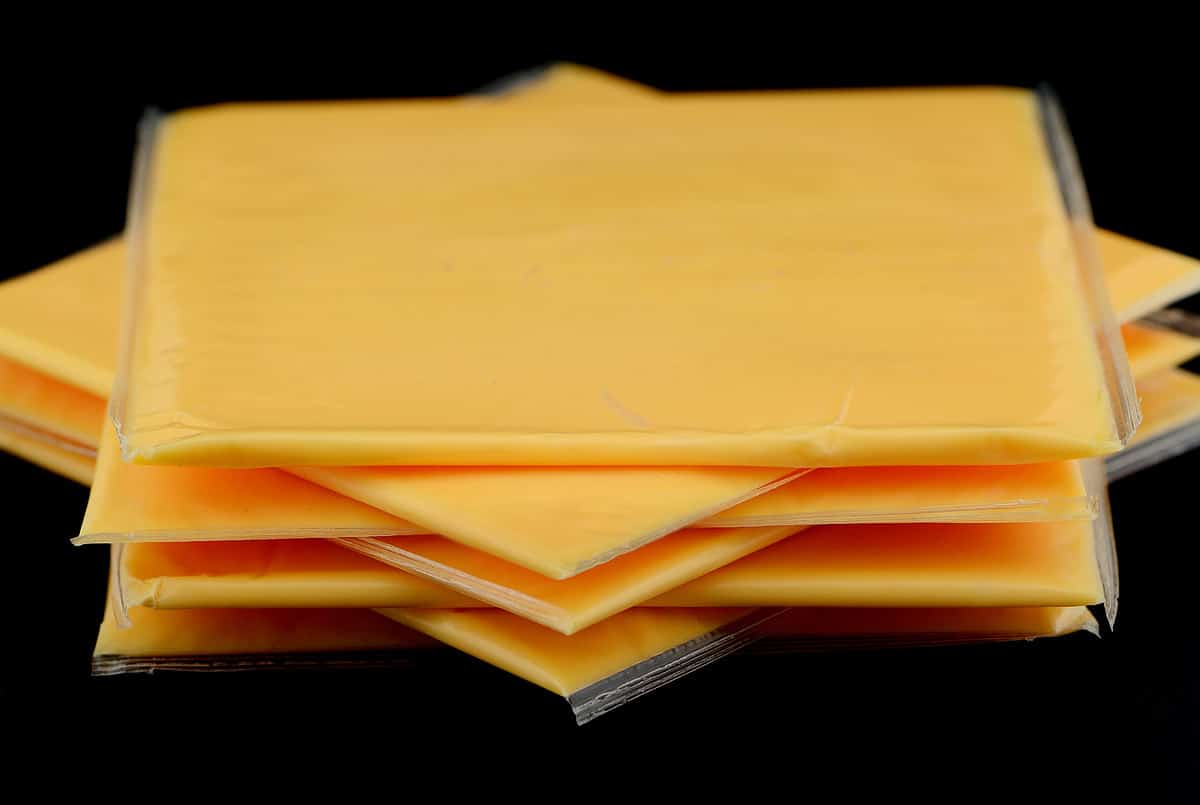
©TFoxFoto/Shutterstock.com
Health Benefits of Cheese
Cheese can have many health benefits, especially if eaten in moderation. First, it can be great for our teeth and help prevent cavities.
Additionally, cheese is an excellent source of a healthy fat called Conjugated Linoleic Acid, also known as CLA. This fat can help reduce the risk of obesity, inflammation, and heart disease. While this fat is sometimes taken as a weight loss supplement, it is also naturally in meat and dairy. CLA is an omega-6 fatty acid. Additionally, several studies showed that those who consumed CLA from natural foods had a lower risk of type 2 diabetes and cancer.
Cheese is also typically lower in carbohydrates. This allows those who are at risk of type 2 diabetes or who have it to maintain healthy glucose levels. This is because cheese does not spike blood sugar levels; in some cases, cheese has been an excellent source of balancing blood sugar.
Many people choose to implement cheese in their diets, such as Keto. One reason for this is that cheese is typically high in fat, low in carbs, and a moderate source of protein.
Cheese Can Be a Great Source of Nutrients
Cheese is also a great source of nutrients. These vitamins and nutrients that cheese contains are:
- Calcium
- Fat
- Protein
- Vitamins A
- Vitamin B12
- Zinc
- Phosphorus
- Riboflavin
- Vitamin K
- Vitamin D
Cheese that comes from grass-fed animals contains more Omega-3 fatty acids and Vitamin K2. Vitamin K2 is essential for our overall health because it helps our body clot blood.
Since cheese is an excellent source of calcium and protein, it promotes bone and muscle health.
Cheese can also help lower blood pressure. Additionally, it has the added benefit of helping protect our blood vessels and promote brain health. This is because cheese contains an antioxidant called glutathione.
Lastly, many cheeses contain probiotic bacteria that can do wonders for gut health.
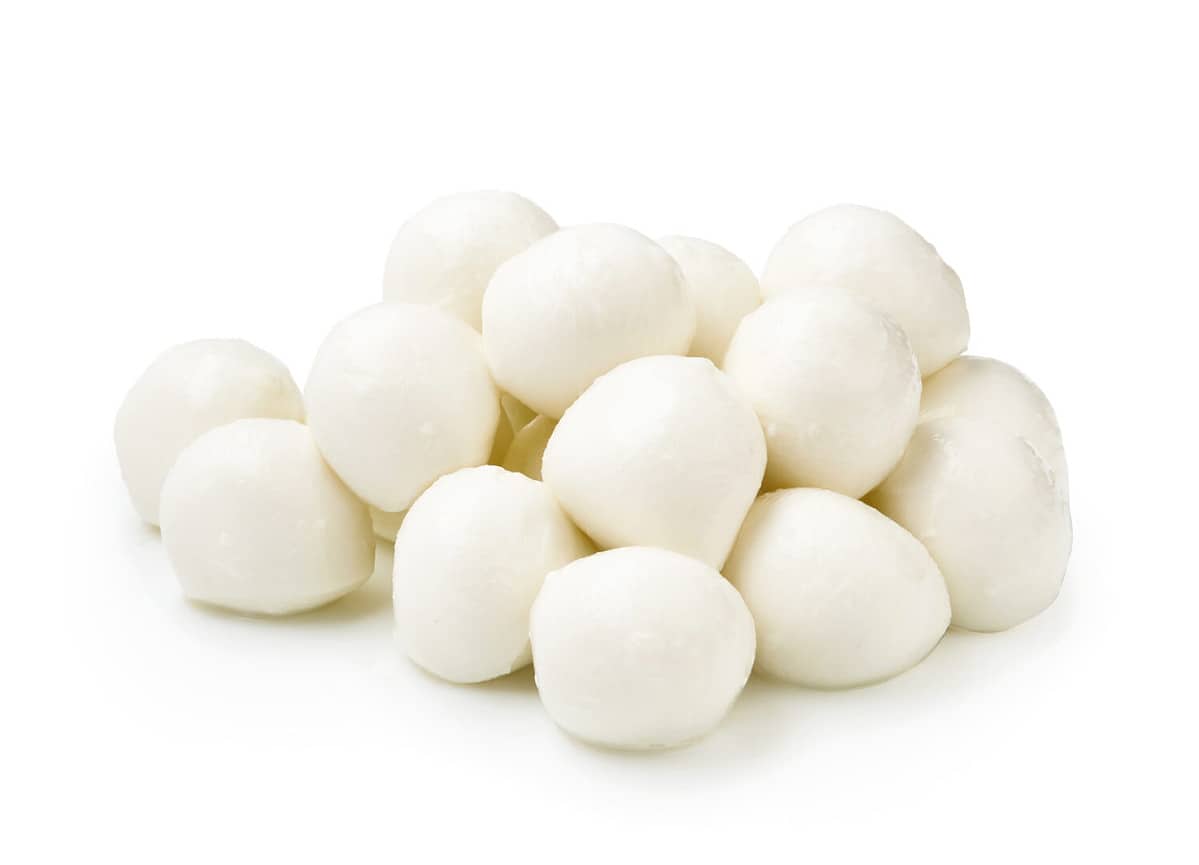
©Tanya Sid/Shutterstock.com
Health Risks of Eating Cheese
Of course, too much of a good thing is sometimes a bad thing. Cheese does come with some health risks. First, while cheese contains many beneficial nutrients, it is also high in saturated fats. Many studies point to a diet high in saturated fats leading to risks of diabetes, heart disease, and high blood pressure. Therefore, while eating cheese in moderation can lower many of these risk factors, eating an overabundance may have the opposite effect on your overall health.
Additionally, some cheese comes with the risk of containing listeria. The most common cheeses to carry listeria are soft and blue-veined cheese. Therefore, if you are a fan of blue cheeses, only eat the ones made with pasteurized milk.
Certain groups of people should not eat soft and blue-veined cheeses because of the high-risk factor of listeria. These include older adults, those with immune deficiencies, pregnant women, babies, and children.
While cheese is often part of a low-carb diet, it can be high in calories, saturated fat, and salt.
Cheese May Contain Allergens
Those who have specific allergies may not be able to consume cheese. This includes those with a lactose intolerance or milk allergy. A lactose intolerance means it is difficult to digest the sugar lactose, and consuming lactose may lead to stomach pain, gas, and bloating.
Some cheeses are low in lactose, and those with lactose allergies can tolerate some. These include firm-aged cheeses such as parmesan and cheddar.
Those who have a milk allergy should also avoid eating cheese. The cheese contains protein from the milk it is made with. One of the most common proteins that cause milk allergies is casein.
Additionally, if eating processed cheese like American, it is essential to remember that it's not exactly cheese and doesn't come with the same health benefits. Also, processed foods tend to be higher in sodium, increasing risk factors such as higher blood pressure, headaches, and weight gain.
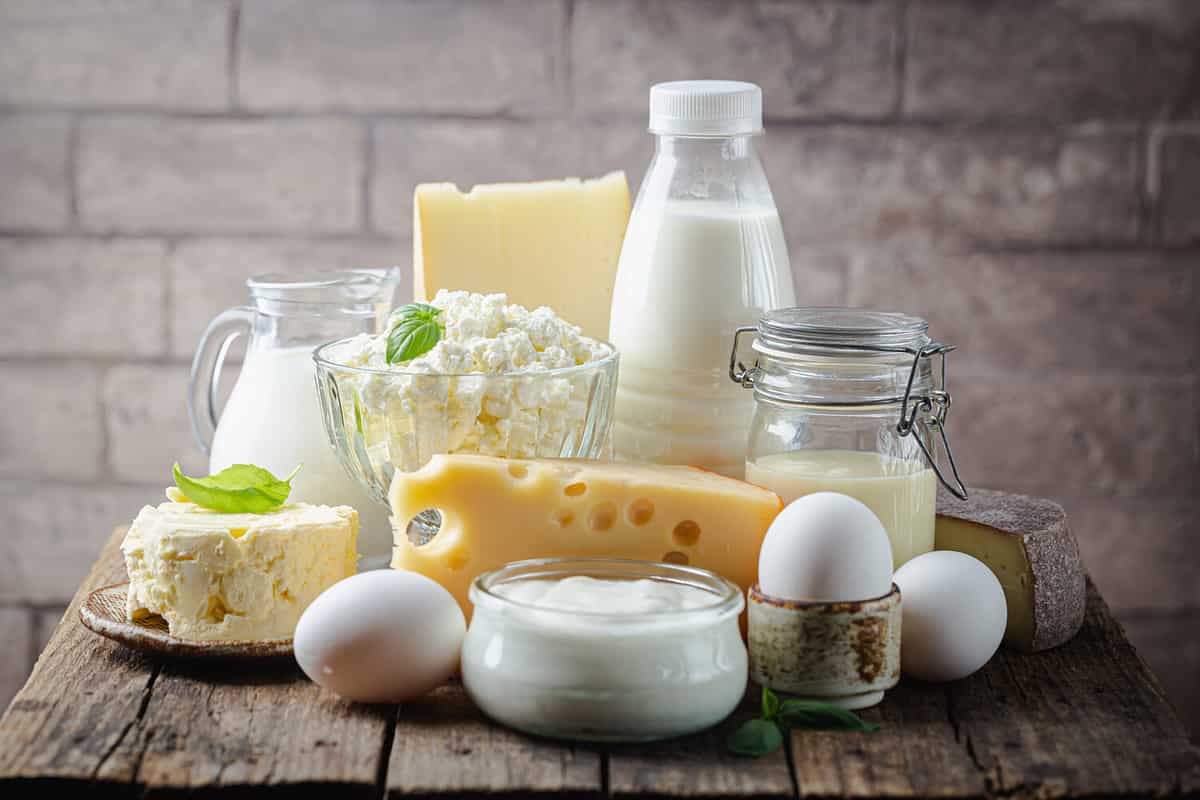
©Goskova Tatiana/Shutterstock.com
The Healthiest Cheeses to Eat
With all the many cheese options on the market, it can be hard to know which ones are the healthiest for you. Below are some of the healthiest cheeses you can eat.
Feta Cheese
This cheese is soft and white and has an intense flavor. While it is higher in sodium, it is lower in calories. Additionally, feta cheese is an excellent source of protein and calcium. It has CLA, which some studies point to lowering body fat and decreasing the risk of inflammation.
Mozzarella Cheese
This cheese is soft and white. It is lower in sodium and calories while high in fat and protein. Many people opt to eat mozzarella cheese on specific diets like Keto. Also, mozzarella cheese contains probiotic bacteria that benefit gut health and immune systems.
Blue Cheese
Blue cheese comes with a risk of listeria. However, if it is made with pasteurized milk, it is considered safer to eat. This cheese has a strong odor and flavor and is hard to mistake. Blue cheese is high in calcium and protein, making it great for bone health.
Parmesan Cheese
This type of cheese has a rough, hard texture and is aged. Parmesan has a high amount of calcium, making it great for bone health and an excellent source of phosphorus. Parmesan cheese undergoes a long time of being aged. Therefore, the lactose amount is meager, making it a good option for those with lactose intolerance.
Swiss Cheese
Swiss cheese is low in calories and sodium, making it an excellent choice.
Cottage Cheese
Cottage cheese is made with cheese curds of cow's milk. It is a popular cheese because it is low in calories yet high in protein. These factors leave you feeling fuller for longer.
Cheddar Cheese
Cheddar cheese is one of the more popular types of cheese on the market and has a sharp and savory flavor. Additionally, cheddar cheese carries many nutrients. Not only is it a great source of protein and calcium, but this type of cheese also contains Vitamin K2, which promotes heart and bone health.
One Last Note
Cheese is a popular food group found in almost any meal. Topping salad, fajitas, or a stir fry with cheese brings a complex flavor that is hard to beat. Whether you enjoy an excellent blue cheese or sharp cheddar, there are numerous options to choose from. Try one of these great recipes this week, including unique flavors and tasty cheeses.
Recipe Card
Now that you know all about the different types of cheese, let's try a creamy, cheesy recipe that your whole family will love. Enjoy!
Print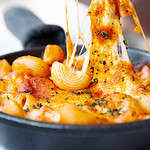
Creamy Macaroni and Cheese
- Total Time: 1 hour 20 minutes
Ingredients
- 1 pound elbow macaroni
- 1/4 cup butter, softened to room temperature
- 1/4 cup flour
- 2 cups whole milk
- 8 ounces grated sharp white cheddar cheese ( 2 1/4 cups)
- 1 teaspoon salt
- 1 teaspoon coarsely ground black pepper
- 1 teaspoon paprika
- 2 Tablespoons grated onion
- 3 eggs, beaten
- 1 cup whole milk ricotta
- 1 cup half and half
- 8 oz. provolone cheese, cut in strips
For Topping:
- 1/4 cup butter, melted
- 1 1/2 cups soft bread crumbs
- 5 oz. parmesan cheese, grated
Instructions
- Cook macaroni in a large pot of boiling water for 5 to 7 minutes, or until slightly firm. Drain and rinse under cold water. Transfer to a large bowl.
- Melt butter in heavy-bottomed saucepan over low heat. Remove pan from heat, add flour, and stir with a wooden spoon until completely combined to make a roux. Set pan over medium heat and cook roux until little bubbles form around the edges, about 1 to 2 minutes.
- Remove pan from heat and add milk, stirring to blend. Return pan to heat and cook, stirring constantly, until thickened. Off the heat, add cheddar cheese, salt, pepper, paprika, and onion. Stir until cheese melts and sauce is smooth. If cheese doesn’t melt completely, stir gently over low heat until melted.
- Fold cheese sauce into cooled macaroni with a spatula. Whisk eggs with ricotta and add to bowl with macaroni. Add half and half and stir until combined.
- Set the oven rack to the middle position. Preheat the oven to 350 degrees F. Coat a 9 inch by 13 inch ovenproof glass baking dish with vegetable spray.
- Place half the macaroni mixture in prepared baking dish and smooth the top. Cover with strips of provolone. Top with remaining macaroni and smooth.
- To make the topping: mix melted butter, bread crumbs, and parmesan cheese. Sprinkle topping evenly over macaroni.
- Cover dish with foil and bake 30 minutes. Remove foil and continue baking another 10 to 15 minutes, or until macaroni is bubbling and top is nicely browned. Serve at once. Store leftovers in a covered container in the refrigerator.
- Prep Time: 20 minutes
- Cook Time: 60 minutes
- Category: Side Dish
- Method: Baking
- Cuisine: American
The image featured at the top of this post is ©barmalini/Shutterstock.com.
